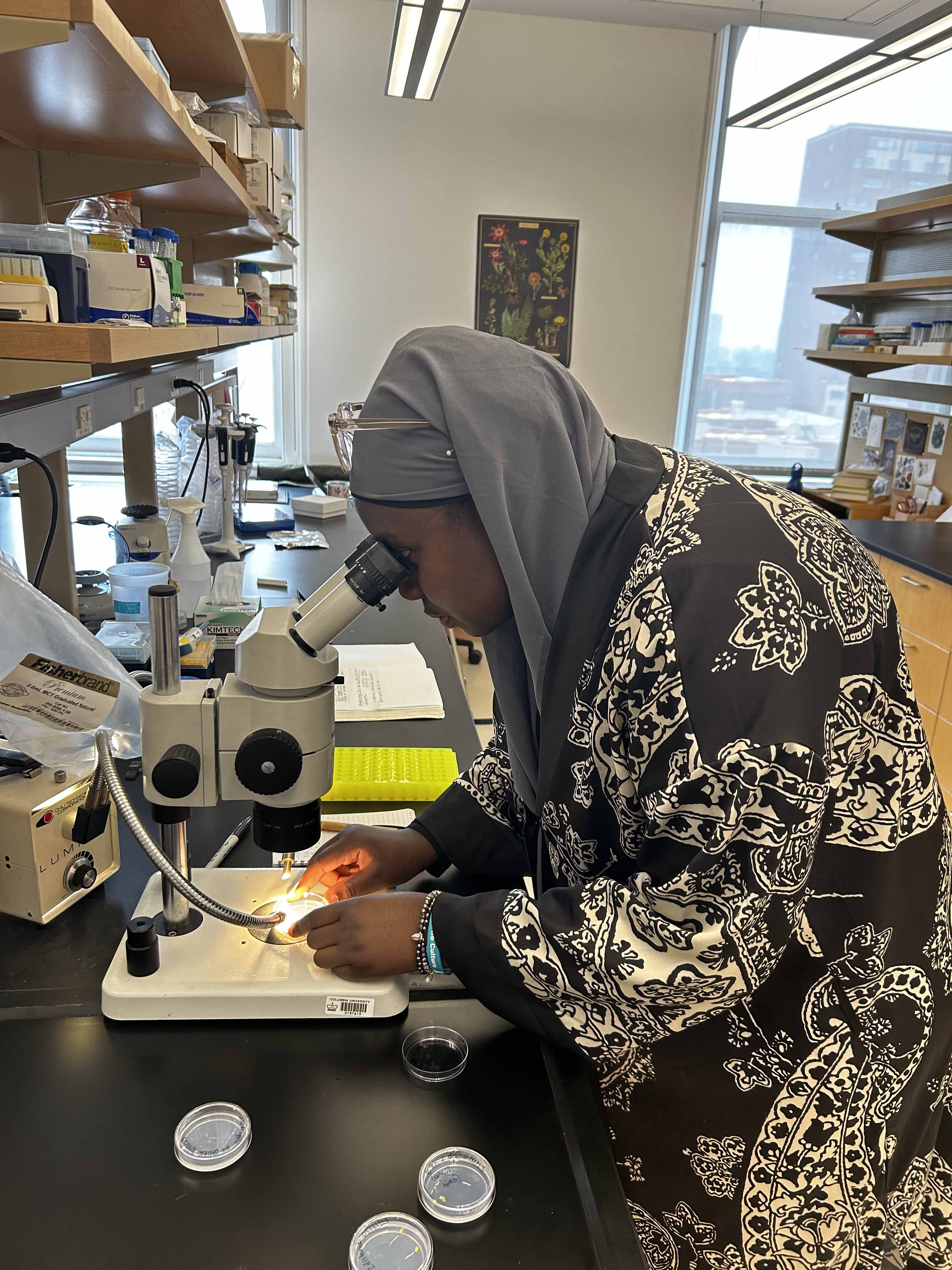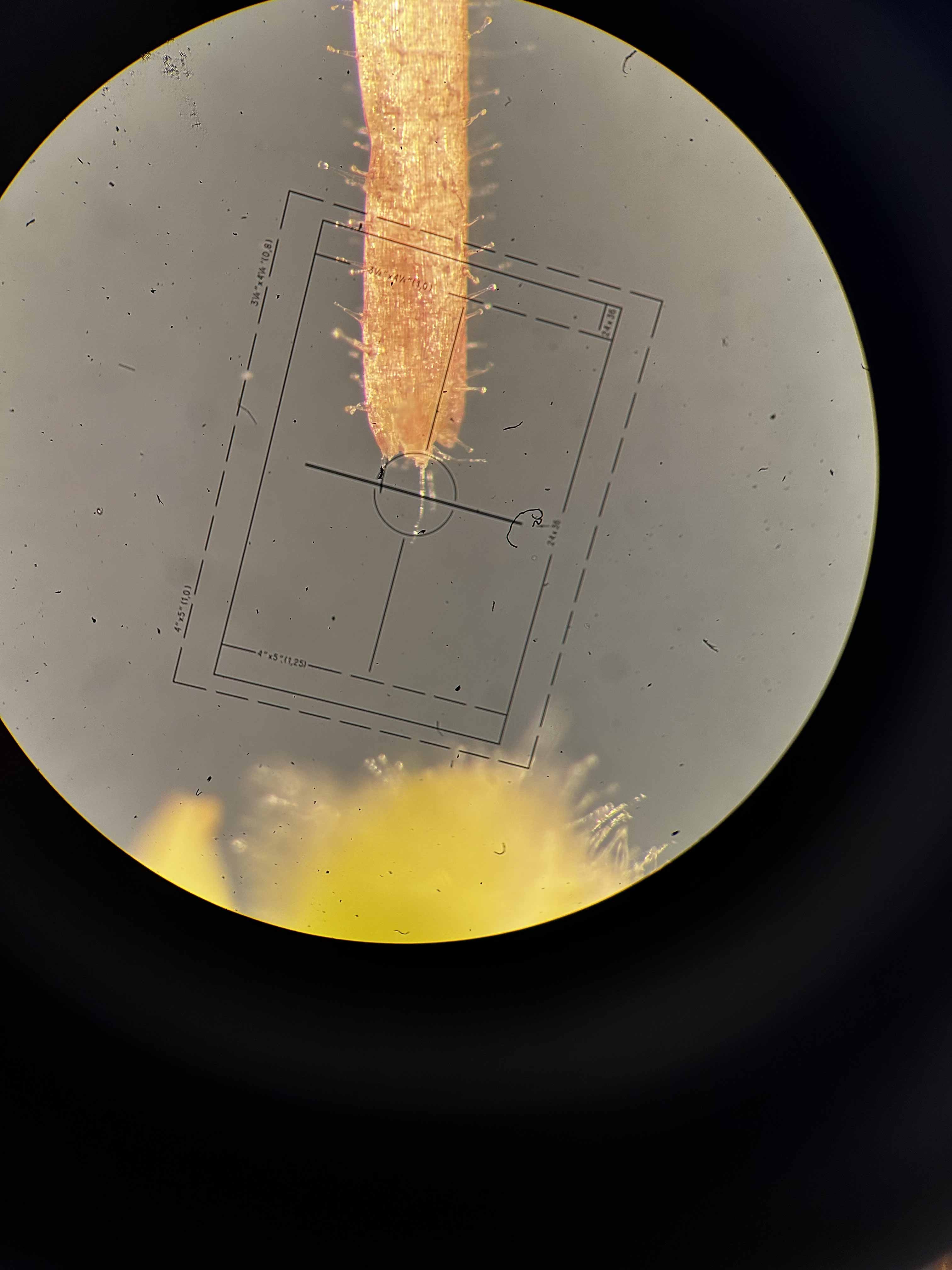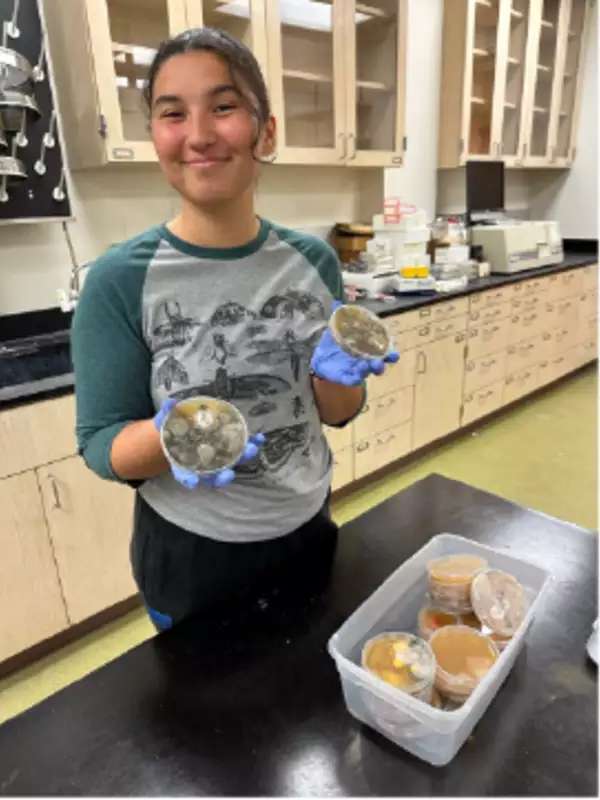My name is Asstan Cisse, and I am a rising sophomore SP2 scholar majoring in Ecology and Evolutionary Biology at Barnard College. For my 2023 summer research, I will be investigating the mechanisms and consequences of interspecific pollination interactions on plant reproduction at the Ecology, Evolution, and Environmental Biology Department at Columbia University. I will be working in a lab led by Deren Eaton, alongside Ph.D. Candidate Rachel Cohen.
Plants exist in diverse communities and engage in various interactions with each other. Among these interactions, interspecific pollination interactions, where pollen from one species is deposited on the flower of another species, are a class that has received relatively little attention but may have significant ecological implications. Although it is known that this type of pollen transfer can decrease seed production in the recipient flower, the specific mechanism behind this reduction remains unknown.
In this project, I will focus on investigating the pollen tube growth phase of the plant reproductive cycle, as it holds the potential for answering this question. To test this hypothesis, I will conduct experimental cross-pollination among a group of plants that coexist in the alpine meadows of the Colorado Rockies. I will measure activity during the pollen tube growth phase using a lab assay with field-collected flowers and field pollinations, followed by a microscopy study. This work will involve both laboratory experiments in New York and on-site fieldwork at the Rocky Mountain Biological Laboratory in Gothic, CO.
My main goals for this summer are twofold. Firstly, I aim to deepen my understanding of heterospecific pollination in pedicularis, gaining valuable insights into this particular ecological phenomenon. Secondly, I aspire to develop a comprehensive understanding of the professional research process and fieldwork procedures. I am incredibly excited about this opportunity and feel immense gratitude for the support provided by the Donald & Nancy Ritchie Grant for biological study or research and the Herbert Maule Richards Grant for botanical or general biological research. Biology has always held great significance in my life, and I am thrilled to have the chance to actively contribute to research, moving from a passive observer to an active participant. Stay tuned for further updates—I eagerly anticipate the summer ahead!




